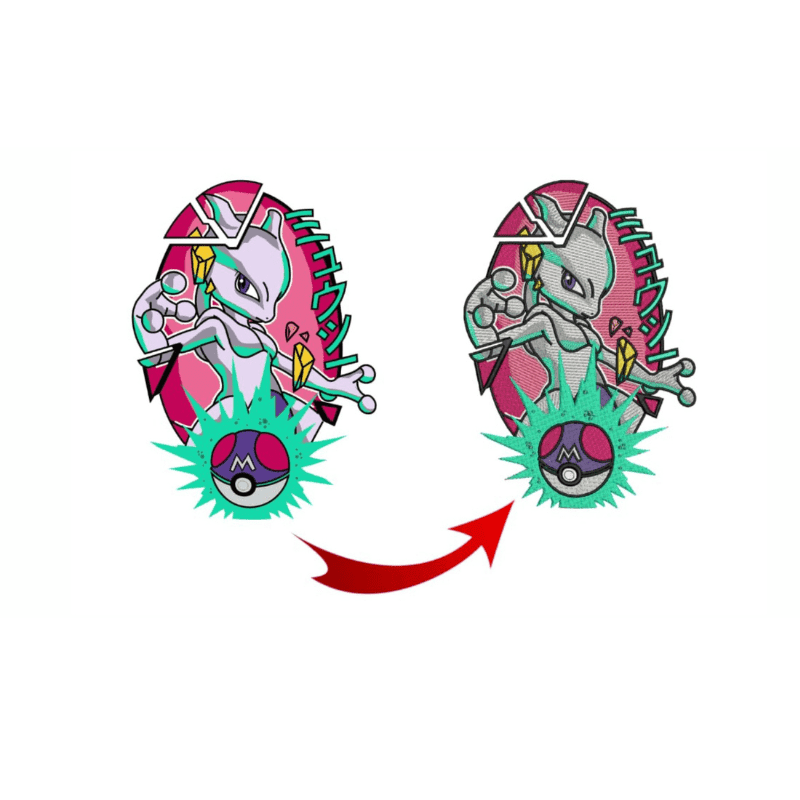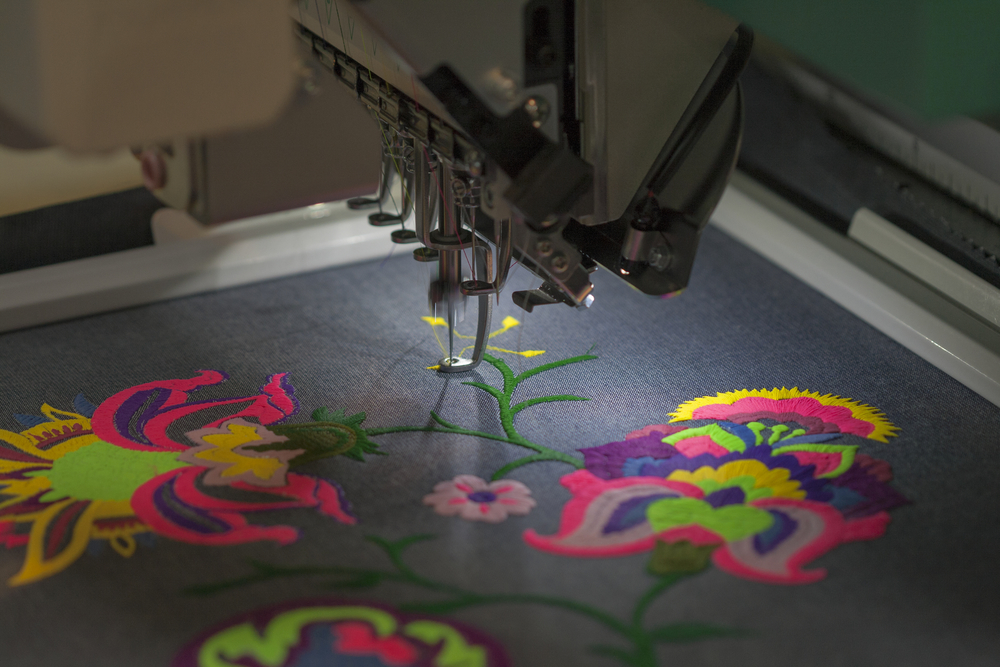Expert Digitizing for Embroidery: High-Quality Layouts
Expert Digitizing for Embroidery: High-Quality Layouts
Blog Article
Streamlining the Art of Embroidery Digitizing: Step-by-Step Guide
As innovation continues to breakthrough, the digitization process has come to be a lot more available, allowing fanatics to bring their elaborate layouts to life with simplicity. In this guide, we will unravel the intricacies of embroidery digitizing, breaking down each step carefully to improve the procedure and empower both newbies and experienced embroiderers alike.
Understanding Embroidery Digitizing Software Application
Needlework digitizing software functions as a crucial tool for changing intricate styles right into electronic styles compatible with needlework machines, assisting in specific stitching and personalization. This customized software application permits customers to import various picture data layouts, such as JPG or PNG, and transform them into embroidery machine-readable formats like DST, EXP, or PES - Digitizing for Embroidery. By using attributes like stitch editing, rug alternatives, and thread color choice, digitizing software enables individuals to manage every facet of the design process
Additionally, progressed embroidery digitizing software application uses tools for producing intricate layouts, adjusting stitch density, and incorporating elaborate details. Users can also preview the design before stitching it out, ensuring accuracy and reducing errors. Furthermore, lots of software application supply automatic features that help streamline the digitizing process, conserving effort and time.
Recognizing the capacities of embroidery digitizing software program is necessary for achieving top quality lead to needlework tasks. By understanding this device, embroidery enthusiasts and specialists can release their imagination and bring complex styles to life with accuracy and performance.

Selecting the Right Design File
After familiarizing yourself with the abilities of embroidery digitizing software, the following crucial action in the procedure is picking the ideal style data for your job. Digitizing for Embroidery. When selecting a style data for embroidery digitizing, it's important to consider the complexity of the design, the dimension of the end product, and the sort of material you will be collaborating with
For intricate layouts with great details, a high-resolution picture or vector documents is advised to make certain that the needlework maker can precisely recreate the design. Additionally, the dimension of the last item plays a substantial role in selecting the ideal style documents. Bigger designs might need higher resolution data to preserve quality and sharpness.
Furthermore, the kind of fabric you will be stitching on affects the choice of style documents. Different materials might require modifications in the design data to make sure that the stitches are effectively aligned and the layout looks like intended. By very carefully picking the best style documents based upon these factors, you can set yourself up for an effective embroidery digitizing procedure.
Digitizing Tools and Techniques
Using specialized software program and precision techniques, digitizing tools are important in transforming complex layouts right into embroidery-ready data. Needlework digitizing software program, such as Wilcom, Hatch, or Embrilliance, gives the necessary platform to convert artwork into stitch data. These programs use attributes like stitch editing, underlay options, and lettering devices to ensure the design translates perfectly onto textile.
One of the key techniques in digitizing is creating a clear course for the needlework equipment to adhere to. This involves digitizing each have a peek at this website component of the style with accuracy, establishing stitch kinds, thickness, and instructions. By utilizing tools like digitizing tablets or software-specific plugins, embroiderers can achieve a high level of accuracy in their digitized layouts.
Moreover, understanding the art of padding sewing is crucial for creating quality embroidery. Underlay stitching maintains the material and creates a foundation for the layout, making certain that the last item is both visually attractive and lasting. By understanding these digitizing devices and techniques, embroiderers can elevate their craft and bring detailed styles to life with accuracy and performance.
Tailoring Stitch Kinds and Directions
Having actually developed a foundation in digitizing devices and methods, an essential facet beforehand embroidery workmanship depends on personalizing stitch types and instructions with precision and purpose. The option of stitch types can significantly influence the general look and structure of the stitched design. Satin stitches, recognized for their smooth and shiny coating, work well for producing borders and message. On the various other hand, fill stitches are suitable for covering larger locations efficiently. By tactically combining these stitch types, embroiderers can attain depth and measurement in their layouts.
Furthermore, the instructions of stitches plays a vital role in boosting the visual charm of the last needlework. Varying stitch instructions can include texture, highlight details elements, and create visual passion. For instance, changing the angle of stitches can mimic activity or all-natural patterns like fur or plumes. By trying out with different stitch angles and patterns, embroiderers can bring their styles to life with exceptional information and intricacy. Grasping the art of personalizing stitch kinds and instructions encourages embroiderers to release their imagination and boost the quality of their work.
Screening and Refining Your Digitized Layout
To ensure the precision and top quality of your digitized layout, extensive testing and refinement are important action in the needlework digitizing process. Once you have visit the website actually finished the digitization of your style, it is vital to examine it prior to proceeding with the actual needlework. Examining permits you to identify any kind of possible problems such as thread breaks, stitch thickness issues, or design distortions my website that might influence the result.

After testing, it is very important to improve your digitized style based upon the responses from the test sew-out. This may include tweaking stitch settings, adjusting thickness, or making changes to the overall layout to accomplish the desired end result. By iterating with testing and improvement, you can tweak your digitized layout to excellence before relocating forward with the real embroidery procedure.
Final Thought
Finally, understanding the art of embroidery digitizing needs an extensive understanding of the software, picking the best layout file, making use of digitizing tools and strategies, customizing stitch kinds and instructions, and screening and improving the digitized style. By adhering to these steps, embroiderers can streamline the digitizing process and produce premium stitched designs with precision and performance.
Report this page